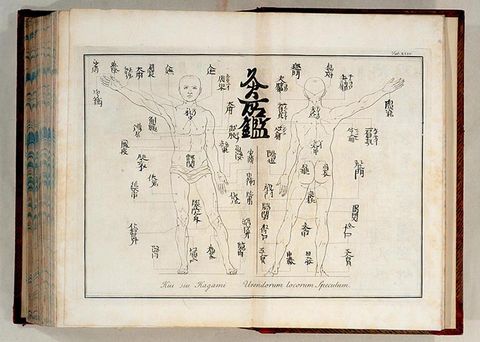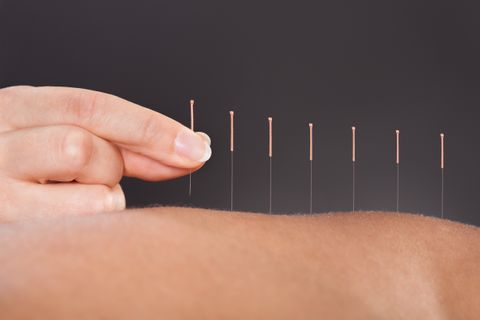Acupuncture Styles
TRADITIONAL CHINESE MEDICINE (TCM)
Traditional Chinese Medicine has been practiced for over 3,000 years in China. The Chinese method is based on the idea that no single part, or symptom, can be understood except in its relation to the whole person. This philosophy of illness is directed by the complete physiological and psychological state of the patient. All relevant information, including symptoms as well as the patient’s other general characteristics, is gathered and woven together until it forms what Chinese medicine calls a “pattern of disharmony”. This pattern of disharmony describes a situation of “imbalance” in a patient’s body and this provides the framework for the treatment. TCM diagnostic technique does not turn up a specific disease entity or a precise cause, but renders an almost poetic, yet workable, description of a whole person. The treatment then attempts to bring the individual into balance, to restore harmony to the patient.
The Western physician starts with a symptom, then searches for the underlying mechanism - a precise cause for a specific disease. This diagnosis frames an exact, quantifiable description of a narrow area, it isolates one single entity or cause. The treatment of the Western doctor is usually aimed at symptomatic relief. This is considered a “branch” treatment, versus the Chinese physician who will treat the “root”. This means the Chinese treatment is directed to the complete individual - physically, symptomatically as well as mentally. No single part can be understood except in its relation to the whole. All relevant information about the patient is gathered, and woven together so as to determine the patient’s “pattern of disharmony”. Here, the question of cause and effect is always secondary to the overall pattern.
moreACUPUNCTURE PHYSICAL MEDICINE (APM)
Acupuncture Physical Medicine is a modern approach to acupuncture developed over the past twenty-five years by acupuncturist and founder of Tri-State College of Acupuncture Mark Seem, Ph. D. This style is inspired by the French and Japanese meridian styles of acupuncture and the trigger point teachings of Dr. Janet Travell. Sensitive areas of tight muscle fibers can form in your muscles after injuries or overuse. These sensitive areas are called trigger points. A trigger point in a muscle can cause strain and pain throughout the entire muscle.
The APM approach to treatment is aimed at relieving myofascial pain, which is pain caused by muscular irritation. The APM practitioner does not diagnose the patient with a theoretical textbook diagnosis, but rather assesses the patient through palpation of the body for myofascial constrictions (trigger points), or “holding patterns”, unique to each individual. These holding patterns are believed to be the root of the patient’s pain and dysfunction, and are discovered through the practitioner direct palpation of specific trigger points in the muscles. APM practitioners are are exposed to a detailed study of Travell’s myofascial trigger points, as well as Chinese and Japanese tight tender points (called ashi points) in order to learn how to navigate the body for areas of obstruction that can be released. Once discovered these trigger points will be released through needling of not only the local area of constriction, but also through distal points that further enhance the local treatment.
more

